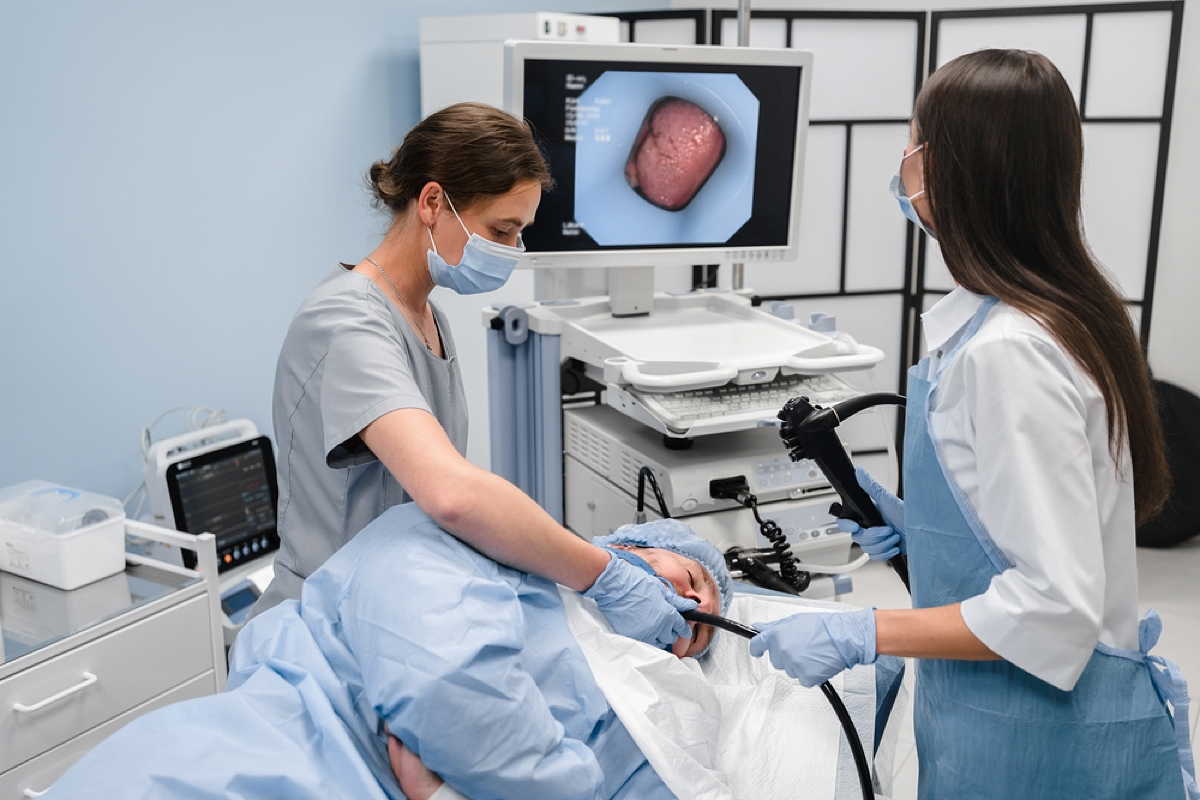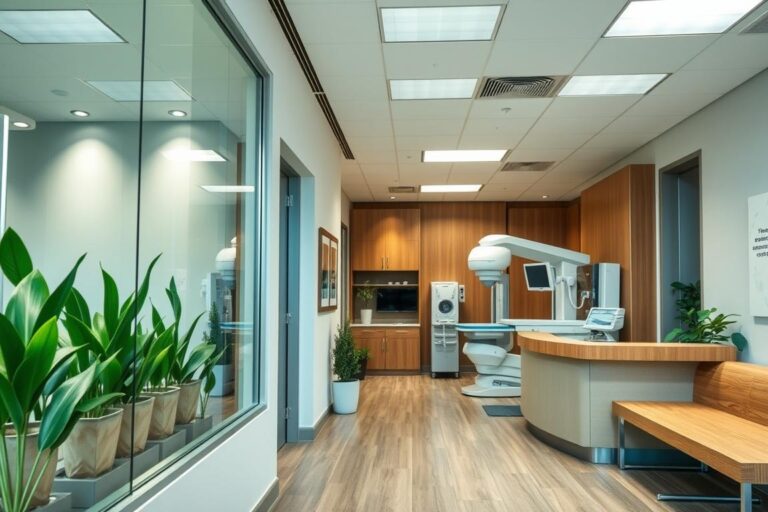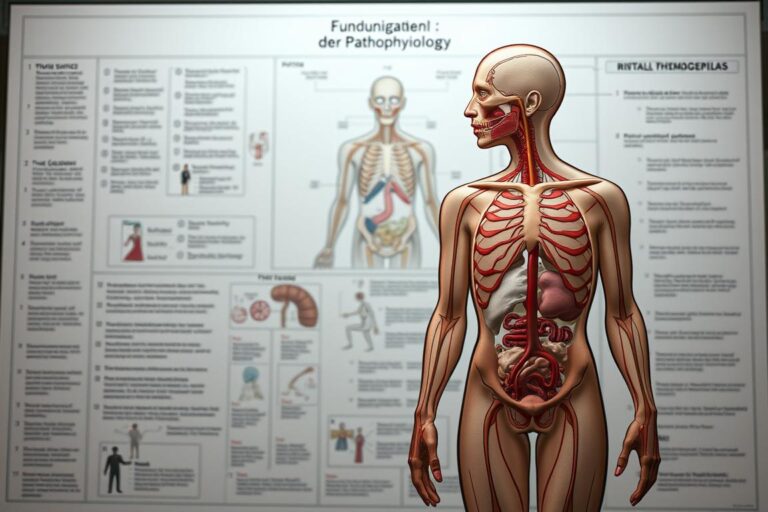A look inside: how modern endoscopy is revolutionizing diagnoses
Have you ever wondered how doctors can take a look inside our bodies without making a single incision? Endoscopy – often feared, but in reality a medical miracle – makes this possible. This minimally invasive examination method is revolutionizing diagnostics by detecting diseases at an early stage, diagnosing them precisely and even treating them directly. Whether it’s cancer screening, gentle surgical techniques or innovative digital procedures – in this article, we show you the many ways in which endoscopy is used today and the benefits it offers for patients and medical facilities, especially small and medium-sized enterprises.
Key point summary (short & concise)
– Modern examination procedure without incisions 😊
– High-resolution imaging & minimally invasive technology 🔍
– Variety: gastroscopy, colonoscopy, bronchoscopy & more 🩺
– Digitalization brings efficiency & better diagnostic reliability 💻
– Strict quality assurance and patient-centric care ✔️
Main part
Since its introduction, endoscopy has become an indispensable procedure in modern medicine. The basic idea is based on the use of special optical instruments – endoscopes – which allow doctors to examine body cavities and hollow organs in detail without invasive surgical procedures. Modern endoscopes are equipped with high-resolution cameras, light sources and often also working channels through which therapeutic instruments can be inserted. Special procedures such as capsule endoscopy, in which a tiny, swallowable camera passes through the digestive tract, or confocal laser endomicroscopy, which enables detailed microscopic views, demonstrate the precise and advanced diagnostics that are possible today.
The variety of endoscopic examination methods allows targeted use depending on the body region to be examined. Gastroscopy, for example, provides a comprehensive view of the upper digestive tract, while colonoscopy contributes to the early detection of bowel cancer and the removal of polyps. Endoscopy has also found its place in the areas of the respiratory tract (bronchoscopy), bile ducts and pancreas (ERCP), urology (cystoscopy) and orthopaedics (arthroscopy). Each of these methods benefits from continuous technological innovations that offer high-resolution imaging and the possibility of direct therapeutic intervention in real time.
Digitization has fundamentally changed endoscopy in recent years and created enormous advantages, especially for smaller medical facilities (SMEs). Modern digital endoscopy systems not only provide razor-sharp images, but also enable structured documentation and archiving of examination results. This facilitates comparison with previous findings and promotes a complete diagnostic history – an essential aspect for the continuous improvement of patient care.
Another step into the future is the use of AI-supported analysis systems. This technology supports doctors by automatically marking suspicious areas during an examination, thereby increasing the detection rate of critical findings such as polyps or tissue changes. In addition, digital assistance systems and automated documentation processes lead to more efficient workflows, shorter examination times and ultimately to improved patient care. For medical SMEs in particular, these advances mean that they can offer diagnoses to specialist standards without having to rely on the resources of large clinics.
Quality assurance is another cornerstone of modern endoscopic procedures. Strict standards and regular maintenance of the equipment ensure consistently high image quality and patient safety. In addition to the technical preparation of the highly complex instruments, the focus is also on the continuous training of medical staff. Regular training, minimum case numbers and the use of digital assistance systems, which automatically analyze critical findings, ensure the high standard of endoscopic diagnostics. Established quality indicators, such as detection and complication rates, are used to continuously monitor and optimize the procedures.
A patient-centered approach begins with preoperative information and continues with comprehensive preparation and aftercare. Depending on the area being examined, measures such as fasting, bowel cleansing or specific medication adjustments may be necessary. Modern endoscopic centers offer standardized information sessions and digital patient information to reduce anxiety and increase compliance. During the examination itself, sedation and continuous monitoring ensure patient comfort. After the procedure, the focus is on structured aftercare with clear instructions and well-organized discharge management – essential for a speedy recovery and early detection of possible complications.
Conclusion
Endoscopy has developed into a key technology in modern medicine. It goes far beyond pure diagnostics and now enables interventional therapeutic measures that previously required invasive surgery. Advances such as high-resolution imaging, AI-supported analyses and digital processes make endoscopic diagnostics more precise, efficient and patient-friendly.
Shorter hospital stays, reduced complication rates and faster recovery times are just some of the benefits that this minimally invasive technology offers – for both patients and medical facilities. Small and medium-sized practices in particular benefit from the digital innovations, which optimize processes and increase diagnostic safety at the same time.
The future of endoscopy lies in the intelligent fusion of medical expertise and advanced technology.
FAQ
Question: What is endoscopy?
Answer: Endoscopy refers to the examination of body cavities and organs using optical instruments (endoscopes) and thus enables minimally invasive diagnosis and treatment without large incisions.
Question: What endoscopic procedures are available?
Answer: Common procedures include gastroscopy, colonoscopy, bronchoscopy, ERCP, cystoscopy and arthroscopy. Each procedure is specialized for specific body regions and issues.
Question: How does digitalization support endoscopy?
Answer: Through high-resolution digital imaging, structured documentation, AI-supported analysis and more efficient processes, digitalization increases diagnostic safety and improves patient care – even for smaller medical facilities.
Question: What measures are part of quality assurance for endoscopic procedures?
Answer: Strict cleaning and sterilization protocols, regular maintenance of equipment, continuous training of medical staff and the use of digital assistance systems are key quality assurance measures.
Question: How is the patient cared for during an endoscopy?
Answer: Patients receive comprehensive information and preparation, for example through standardized information sessions. Sedation and continuous monitoring ensure comfort during the examination, and structured aftercare guarantees optimal care following the procedure.
This comprehensive presentation of endoscopy offers you a precise overview of the basics, modern procedures and the advantages of digital technologies in diagnostics. Whether you are personally preparing for an examination or want to optimize your processes as a medical facility – endoscopy stands for progress, efficiency and maximum patient-friendliness.






